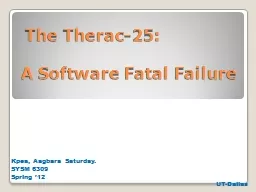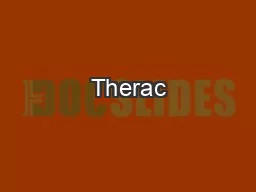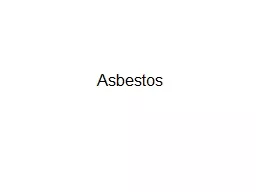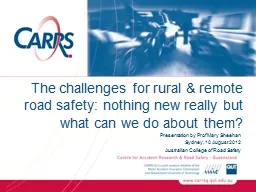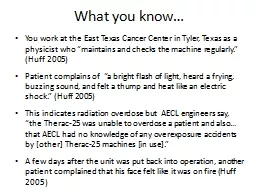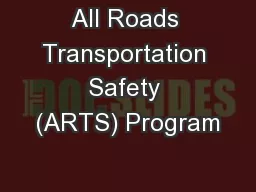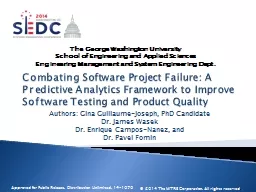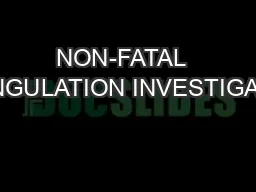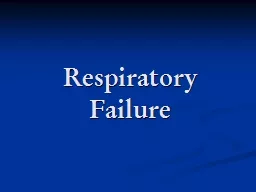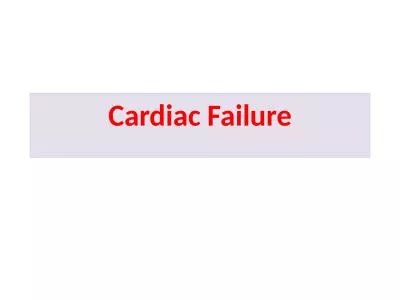PPT-The Therac-25: A Software Fatal Failure
Author : olivia-moreira | Published Date : 2019-12-10
The Therac25 A Software Fatal Failure Kpea Aagbara Saturday SYSM 6309 Spring 12 UTDallas What is the Therac25 The Therac25 was a medical linear accelerator used
Presentation Embed Code
Download Presentation
Download Presentation The PPT/PDF document "The Therac-25: A Software Fatal Failure" is the property of its rightful owner. Permission is granted to download and print the materials on this website for personal, non-commercial use only, and to display it on your personal computer provided you do not modify the materials and that you retain all copyright notices contained in the materials. By downloading content from our website, you accept the terms of this agreement.
The Therac-25: A Software Fatal Failure: Transcript
Download Rules Of Document
"The Therac-25: A Software Fatal Failure"The content belongs to its owner. You may download and print it for personal use, without modification, and keep all copyright notices. By downloading, you agree to these terms.
Related Documents

